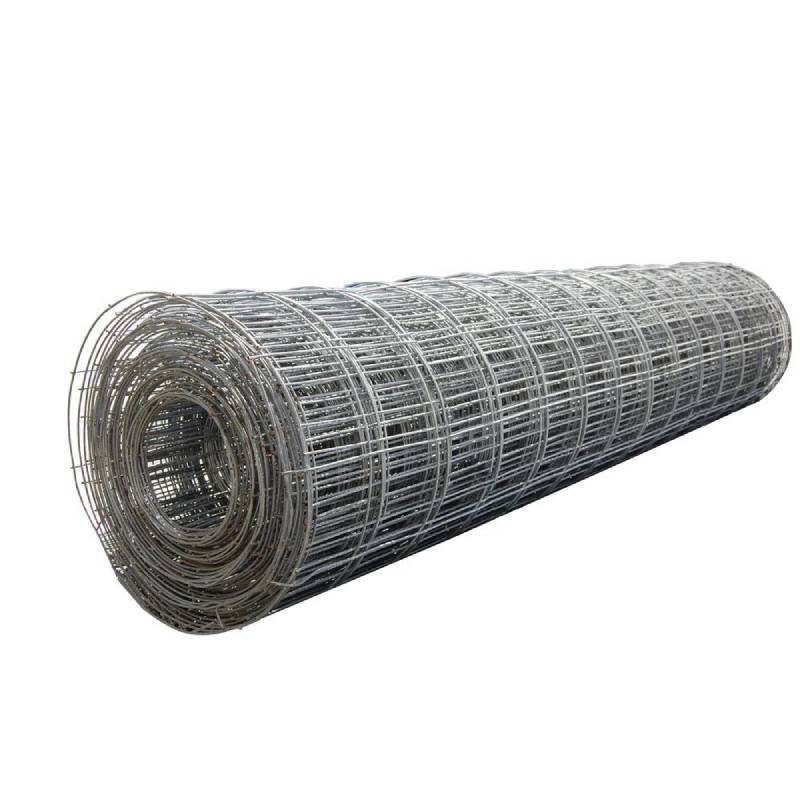
- Mobile Phone
- +8613931874955
- sales@cntcmetal.com
High-Quality Galvanized Thin Coated Angle Beads for Perfect Drywall Finishing Solutions
The Importance of Galvanised Thin Coat Angle Beads in Construction
In the world of construction and plastering, the smallest details can have the biggest impact on the overall quality and durability of a structure. One such detail that often goes unnoticed but plays a critical role in both aesthetic and structural integrity is the angle bead. These thin coat angle beads, particularly those that are galvanised, are essential components in the finishing processes of walls and ceilings.
What are Galvanised Thin Coat Angle Beads?
Galvanised thin coat angle beads are typically made from lightweight materials covered with a layer of zinc. This galvanisation process helps resist rust and corrosion, which is particularly important in high-moisture environments. The beads are designed to create sharp, clean angles at joints, ensuring that the finished surface is not only visually appealing but also strong and highly durable.
Applications and Benefits
These angle beads are widely used in drywall installations, where they provide a solid foundation for plaster or joint compound. The use of galvanised thin coat angle beads is recommended, especially in areas exposed to moisture, due to their superior resistance to environmental factors.
1. Durability The galvanisation process provides enhanced protection against rust and deterioration. This is especially crucial in humid climates where untreated materials are likely to corrode over time. The longevity of the angle bead ensures that the walls maintain their structure without the need for frequent repairs or replacements.
2. Aesthetic Finish When plastering walls, achieving a clean edge is vital for an attractive finish. Galvanised thin coat angle beads help create sharper angles and smoother transitions between different wall sections. This results in a polished look that can significantly uplift the overall interior design of a space.
galvanised thin coat angle bead

3. Efficiency in Application Using these angle beads simplifies the plastering process. Rather than laboriously creating clean angles with plaster alone, builders can install the beads first. This not only speeds up the application time but also reduces the chances of errors, ensuring consistent results across the project.
4. Protection from Cracking As the structure settles, walls can develop cracks. The presence of angle beads helps mitigate this issue by reinforcing the corners and junctions of walls. This reinforcement gives additional support to the plaster, reducing the likelihood of cracks forming through stress and movement.
5. Versatility Galvanised thin coat angle beads come in various sizes and may also feature perforations for better adhesion with plaster. They can be used in both residential and commercial applications, making them a versatile choice for a range of projects, from new builds to renovations.
Installation Tips
Proper installation of galvanised thin coat angle beads is crucial for their effectiveness. Here are some tips
- Ensure Clean Surfaces Before installing, ensure that the surfaces are clean and free from dust or debris to promote better adhesion. - Use the Right Tools Employ appropriate tools for cutting and securing the beads, as this will guarantee precision and good results. - Correct Placement Position the beads flush against the wall to avoid any raised edges after plastering, which can detract from the finished look.
Conclusion
In summary, galvanised thin coat angle beads are an integral part of modern construction and plastering. Their ability to provide durability, enhance aesthetics, and improve the efficiency of application underscores their importance in achieving high-quality finishes. As builders and homeowners seek to create lasting structures with stunning finishes, the selection of materials, including galvanised thin coat angle beads, can make all the difference. Their benefits ensure that projects not only meet but exceed standards, promising longevity and beauty for years to come.
share:
-
Your Source for Concrete Wall Ties and Masonry AccessoriesNewsJul.10,2025
-
Unlocking the Power of Iron Wire for Every ProjectNewsJul.10,2025
-
Explore Advanced Chain Wire and Stainless Steel Mesh FencingNewsJul.10,2025
-
Discover the Benefits of Annealed Wire ProductsNewsJul.10,2025
-
Discover China Stainless Steel Wire Mesh SolutionsNewsJul.10,2025
-
Build with Confidence Using High-Performance Masonry AccessoriesNewsJul.10,2025
-
Why Sacrificial Formwork Is Redefining Underground ConstructionNewsJun.06,2025



















